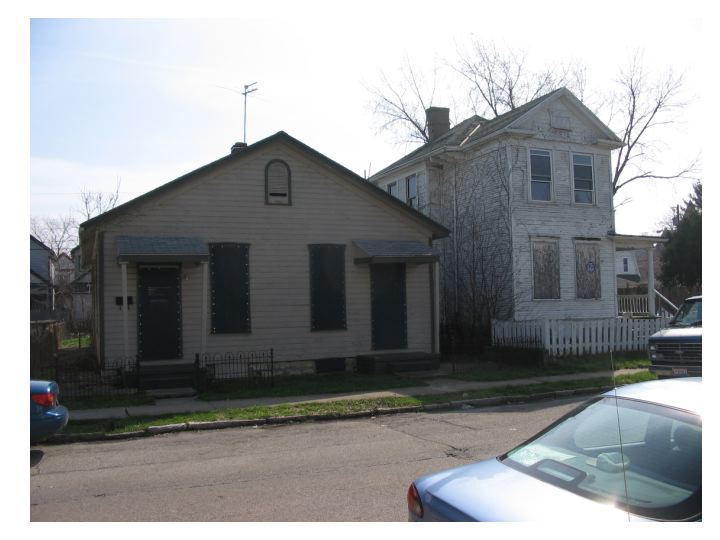The recent news about Moraine Assembly moves me to revisit some economics stuff I did last year, using the County Business Patterns data sets to track employment growth and decline by firms and economic sector.
County Business Patterns isn't very current, lagging about two years. But they did release their 2006 numbers, so its possible to do a time series from 1998 to 2006, tracking early recovery from the 9-11 recession.
So, some charts based on the newest numbers (and you can click on the chart to enlarge as the numbers are small)
First, taking a look at manufacturing, these are the top subsectors (I used 1,000 employees as a cut-off point for showing a subsector, though papermaking dropped below that since 1998). As one can see the "Transportation Equipment" (vehicle parts and assembly) sector is leading the drop, but other subsectors are declining too. I think 2006 missess the latest job cuts for Delphi and certainly does for Moraine. Making some assumption as to the hit:
I think 2006 missess the latest job cuts for Delphi and certainly does for Moraine. Making some assumption as to the hit:
2400 (announced for Moraine) + 800 (Moraine buyout last year?) + 1000 (Delphi cuts) = 4,200 positions to be lost in this sector.
Then there might be some supplier job losses due to Moraine, and I wouldn't even guess at that number.
The end result is the decline of the automotive sector, leaving a reduced manufacturing sector, albeit one that is more diversified.
Looking at the trends of the two other high-employment subsectors, machinery and fabricated metals, one can see some volatility going into the recession, loss of positions, but then maybe a bit more stability afterward. These are not growth sectors, though, with Machinery in a low downward glide slope.
Manufacturing is just a part of a larger private sector economy, actually not as dominant when it comes to employment as one might think. In fact in the last few years Health Care & Social Services category has bypassed manufacturing as the top private sector employer in the county. Yet the big picture is also pretty grim. Manfacturing is not the only sector that is declining, as 53% of the job losses are distributed in non-manufacturing categories.
Yet the big picture is also pretty grim. Manfacturing is not the only sector that is declining, as 53% of the job losses are distributed in non-manufacturing categories.
In fact job losses cancel out increases to leave a net job loss for the county since 1998. Taking a look at the metropolitan area, one can see the large number of jobs in Montgomery County vis a vis the other counties in the metro.
Taking a look at the metropolitan area, one can see the large number of jobs in Montgomery County vis a vis the other counties in the metro. 
Three of the other counties have added jobs, notably Greene and Miami counties. Yet this increase was not enough to offset job loss in Montgomery and Darke. There was a net loss of 13,800 positions since 1998 in this metro area. 
So the picture is bleak unless one is working in the growing sectors, which are medical, social services, information, and proffessional/science/technical fields. As of 2006 the local economy hadn't grown enough to make up for the lost private sector postions since 1998, particularly in unskilled or semiskilled labor.
I think this has implications for long term unemployment and outmigration.
Wednesday, July 30, 2008
Updating The Dayton Employment Picture
Subscribe to:
Post Comments (Atom)

1 comment:
thanks for doing the numbers
but loss of jobs in one sector will also affect jobs in other sectors. for example, if the Moraine plant closes, how will it affect the other businesses that supported the staff such as fast food restaurants, convenience stores, etc. then again, moraine is next door to kettering where there are several shops
Post a Comment